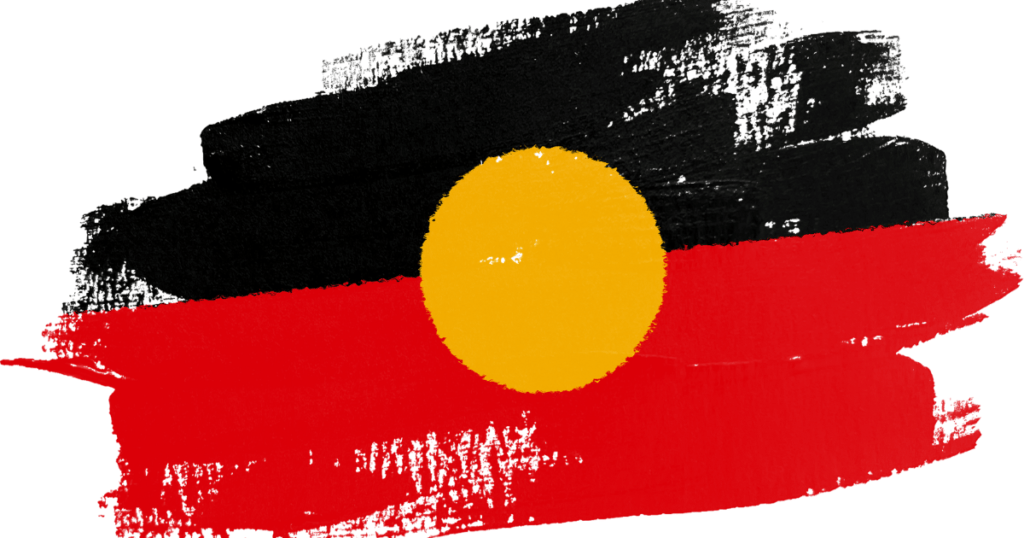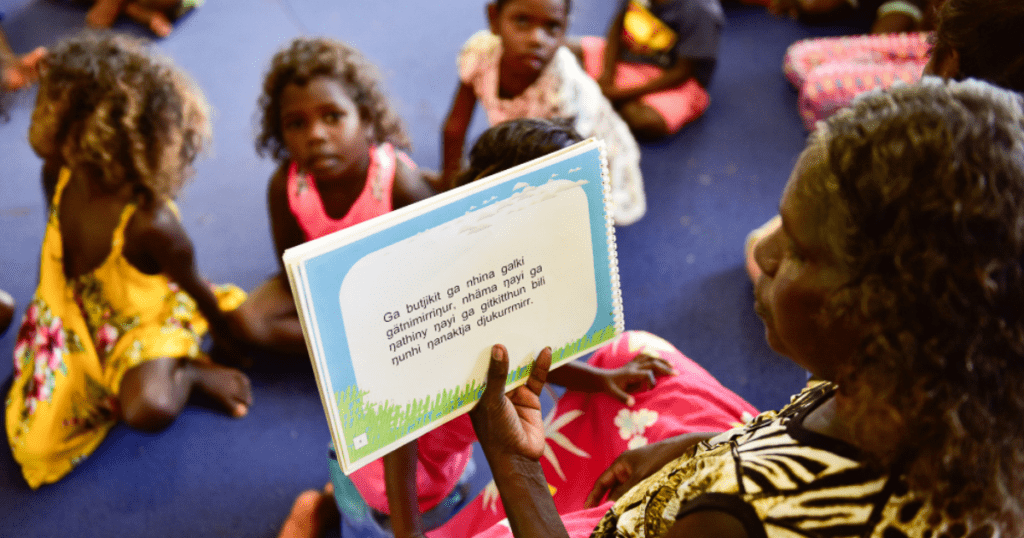
Teaching indigenous literature is a fantastic way to provide students with a purposeful understanding of Australia’s First Nations’ cultures. By exploring the works of celebrated indigenous writers or telling traditional stories passed down through generations, you can play a significant role in shaping a future generation that’s informed, respectful, and culturally aware.
At MarkSmart, we know that teaching and assessing indigenous Australian literature can feel like an enormous responsibility. As a platform built by teachers, for teachers, we’re here to make that journey easier.
In this guide, we walk you through why teaching Aboriginal literature matters and share practical teaching approaches, from traditional methods like storytelling to using digital tools that enhance student engagement and learning outcomes.
Why Teaching Indigenous Literature Matters
In the Australian Curriculum, Aboriginal and Torres Strait Islander histories and cultures are a cross-curriculum priority. This means they’re intertwined with everything from English to art, history, and geography. Here’s why teaching Indigenous literature matters:
- Promotes understanding and respect for the world’s oldest continuing cultures: Introducing students to indigenous writing helps them gain an understanding and appreciation of the richness and diversity of indigenous culture. This fosters respect for the indigenous people and traditions that have shaped Australia.
- Encourages critical thinking and cultural sensitivity: Indigenous perspectives call for students to think critically about history, identity, and the world around them. It pushes them to question their assumptions and develop their cultural awareness, equipping them to recognise different worldviews.
- Supports the Australian Curriculum’s focus on inclusivity and diversity: Teaching Indigenous writing ensures that Australian literature in classrooms reflects the voices of indigenous peoples, reinforcing a more inclusive and diverse curriculum.

Approaches to Teaching Indigenous Literature
There are several ways you can approach the way you teach indigenous literature. Below, we share some effective methods for engaging students and providing them with a well-rounded understanding of both traditional and contemporary literature:
Storytelling and Oral Traditions
A great way to start is with the oral traditions of Aboriginal people, which are central to understanding authentic Indigenous culture. Custodians of culture share indigenous stories to teach powerful lessons about land, community, and spirituality. By sharing these storytelling traditions with your students, you can offer them a solid base from which to further explore Indigenous literature.
Reading and Analysing Indigenous Books
Consider incorporating indigenous books by both traditional and contemporary Indigenous authors to present a varied range of perspectives. By analysing these works, students can associate with the experiences and worldviews of indigenous writers. This also lets students explore how Indigenous culture and history shape Australian literature.
Classroom Discussions on Cultural Themes
Encourage classroom discussions that focus on the cultural themes, perspectives, and values found in Indigenous literature. These discussions are an excellent way to give students a platform to delve into the significance of indigenous perspectives within the broader Australian context. Through this process, they gain critical thinking skills and empathy, which are key contributors to a culturally conscious education.
Creative Writing Inspired by Indigenous Literature
Inspire students to engage with Indigenous literature through creative writing exercises in which students can explore storytelling in ways that connect with indigenous culture. This approach encourages creativity while also deepening students’ understanding of the narratives they’re studying.
Leveraging Online Resources and Video Content
Using digital tools and video content are great ways of making indigenous stories more accessible and relatable. For instance, resources that present indigenous authors being interviewed about their work can help bring their stories to life, making students’ learning experience more engaging. By incorporating multimedia, you can allow students to connect with contemporary literature in a dynamic and modern way.

Using MarkSmart to Simplify Assessment
MarkSmart plays a significant role in simplifying the assessment process. It allows you to allocate more time to focusing on student understanding and engagement than being bogged down in administrative tasks. MarkSmart’s intuitive code-based marking platform simplifies assessment management, helping you easily gather and store students’ work, and quickly and easily provide personalised and consistently great feedback.
By giving you access to in-depth insights, MarkSmart enables you to thoroughly analyse your students’ interpretations of Indigenous books or creative writing inspired by Indigenous stories. These insights allow you the flexibility to tailor your teaching approach, ensuring that students not only understand the content but also develop a deeper appreciation for indigenous culture and perspectives.
From marking cultural themed writing assessments to tracking student progress over time, MarkSmart helps you ensure the proper representation and evaluation of Indigenous perspectives in your classroom.
Wrapping up
Teaching Aboriginal and Torres Strait Islander literature is key to giving students a deeper and more meaningful understanding of Australia’s cultures. With traditional methods and innovative tools like MarkSmart, you can make the process smoother and more engaging for your students.
Try MarkSmart FREE for three months for a firsthand experience of the difference it can make to your marking workloads, feedback consistency, and student learning outcomes.
